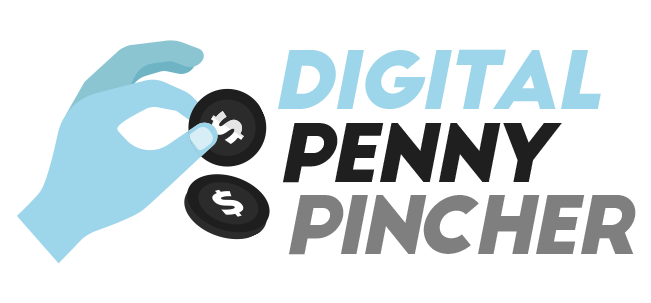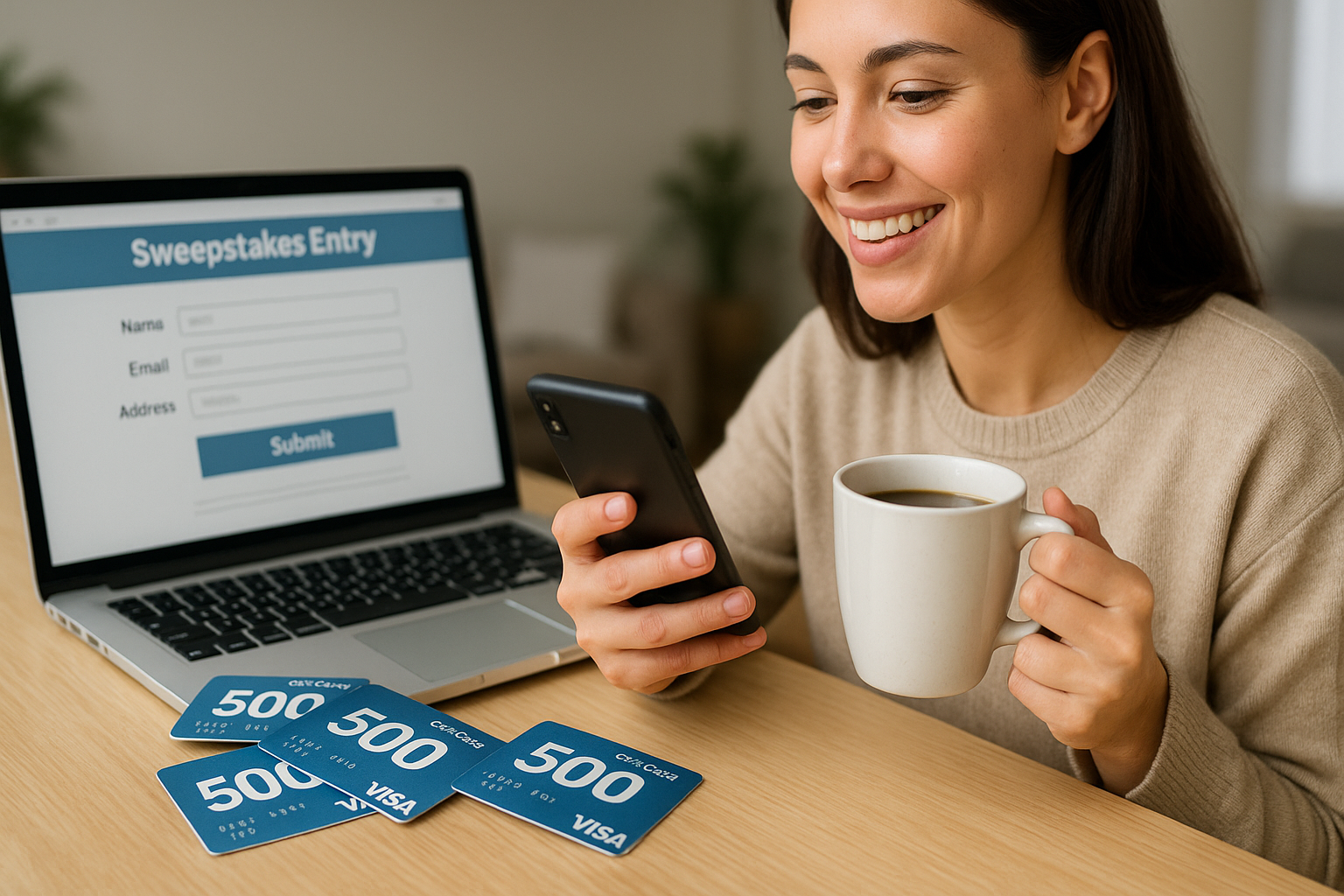The Email That Changed Everything
I almost deleted the email. My finger hovered over the trash icon, my brain already classifying it as junk. The subject line, “$500 Winner Notification,” screamed ‘scam’ with the same desperate energy as a prince needing a wire transfer. We all get dozens of these. But for some reason, that day, I paused.
Maybe it was the sender’s name-a snack brand I actually liked. Maybe it was just a flicker of curiosity. I clicked. My eyes scanned the text, hunting for the catch. The request for my bank details. The demand for a ‘processing fee.’ Nothing. Just a simple form to confirm my mailing address for a prepaid Visa card. I was still skeptical, but something felt different. I filled it out, closed the tab, and promptly forgot about it.
Two weeks later, an unassuming white envelope arrived. It had that satisfying ‘credit card inside’ stiffness. Inside was a crisp, new debit card with a balance of $500. I stared at it for a full minute. It was real. That $500 covered my car payment that month-something I’d previously stressed over every billing cycle. That is when I realized I had stumbled onto something more than just dumb luck; it was a system I could replicate.
Why Free Wins Feel So Good
Understanding why that little thrill of hitting ‘Enter Now’ feels so good was my first step. It is not just hope; it is your brain’s version of a slot machine’s ‘almost win.’ Brands know that the possibility of a reward, no matter how small, triggers a dopamine response. The anticipation of a win lights up the same reward pathways in our brains. They get your attention and your email address; you get a shot of dopamine and a slim, but real, chance at a prize. It is a transaction. Once I saw it that way, I felt less like a gambler and more like a savvy participant.
Understanding why sweepstakes work was step one. Step two? Learning how to spot the real deals in a sea of scams.
Spotting Real Wins From a Mile Away
My first win gave me confidence, but it also made me realize how easily I could have fallen for a fake one. I needed a system. After diving into FTC guidelines, a clear pattern emerged. Legitimate sweepstakes are worlds apart from scams if you know what to look for.
Here are the non-negotiable red flags that scream ‘scam’:
They Ask for Money: If you are asked to pay a fee, shipping cost, or tax to claim your prize, it is a scam. Period. Legitimate sweepstakes are always free to enter and win.
Pushy, Urgent Language: Emails filled with “ACT NOW!” or “Final Warning!” are designed to make you panic and bypass critical thinking. Real brands do not need to bully you into claiming a prize.
Requests for Sensitive Info: They ask for your Social Security number or bank account login? Run. The most a real sweepstake will need is a mailing address to send your prize.
In contrast, legitimate opportunities always have clear, accessible terms and conditions. I learned to look for that tiny “Official Rules” link. It is boring, but it is proof of legitimacy. My rule became simple: stick to brands I know, and if it feels off, it is.
Your $500 Blueprint: The 10-Minute Daily Plan
What would you do with an extra $500? Pay down debt? Treat yourself? Here is your blueprint: three 3-minute sessions that actually work. This is not a get-rich-quick scheme; it is a habit. And the best part? It is built on consistency, not hours of effort. Most millennials miss these three daily entry windows, but they are where the wins are hiding.
The Morning Coffee Check-In (3 Minutes):
It takes less than two minutes, and I am already on my phone anyway.
The Lunchtime Scroll (5 Minutes): Instead of mindlessly scrolling, I dedicate five minutes to a targeted sweepstakes hunt. I follow a few trusted aggregator accounts on social media and enter giveaways from brands I already follow. It is usually just a ‘like, follow, and tag a friend’ entry. Super simple.
The Evening Wind-Down (2 Minutes): While watching TV, I make my last stop at a reputable site. I only enter daily-entry contests for prizes I actually want, like cash or gift cards. I use a separate email address just for this, which keeps my main inbox clean.
Pro Tip: Set phone reminders for your entry windows. Every skipped window can mean missing 5-7 potential wins monthly. The entries I almost skipped? Those were often the ones that won.
Real Winners, Real Dollars
I quickly learned I was not alone. The Reddit community is full of people sharing their wins. One user posts proof of $75-$400 in monthly earnings. It is not about a million-dollar jackpot; it is about the small, consistent wins that add up.
One comment I saw put it perfectly: “I treat sweepstakes like a part-time job that pays $20/hour-except I do it while watching Netflix.” Another person wrote, “My wife and I have won a new coffee maker, movie tickets, and enough gift cards to pay for our date nights for six months.” These stories are about relief and resourcefulness.
To keep myself motivated, I even made a ‘Sweepstakes Bingo’ card. I put small wins like a free coffee or a $5 gift card in the first row, medium prizes like a $50 gas card in the middle, and big goals like ‘$250 cash’ at the end. Every time I won something, I would mark it off. It turned the process into a game. After six months, my ‘small wins’ album on my phone had 37 screenshots, and my total winnings were over $1,200-all from time I would have spent scrolling anyway.
Last year’s top winner on a popular forum claimed $2,300 in combined prizes. Their secret? They never missed the lunchtime scroll. It is not about luck; it is about showing up. Maybe I will email you about my next experiment: combining this strategy with cash-back apps. The early results are promising. But only if I do not accidentally delete the notification first.

